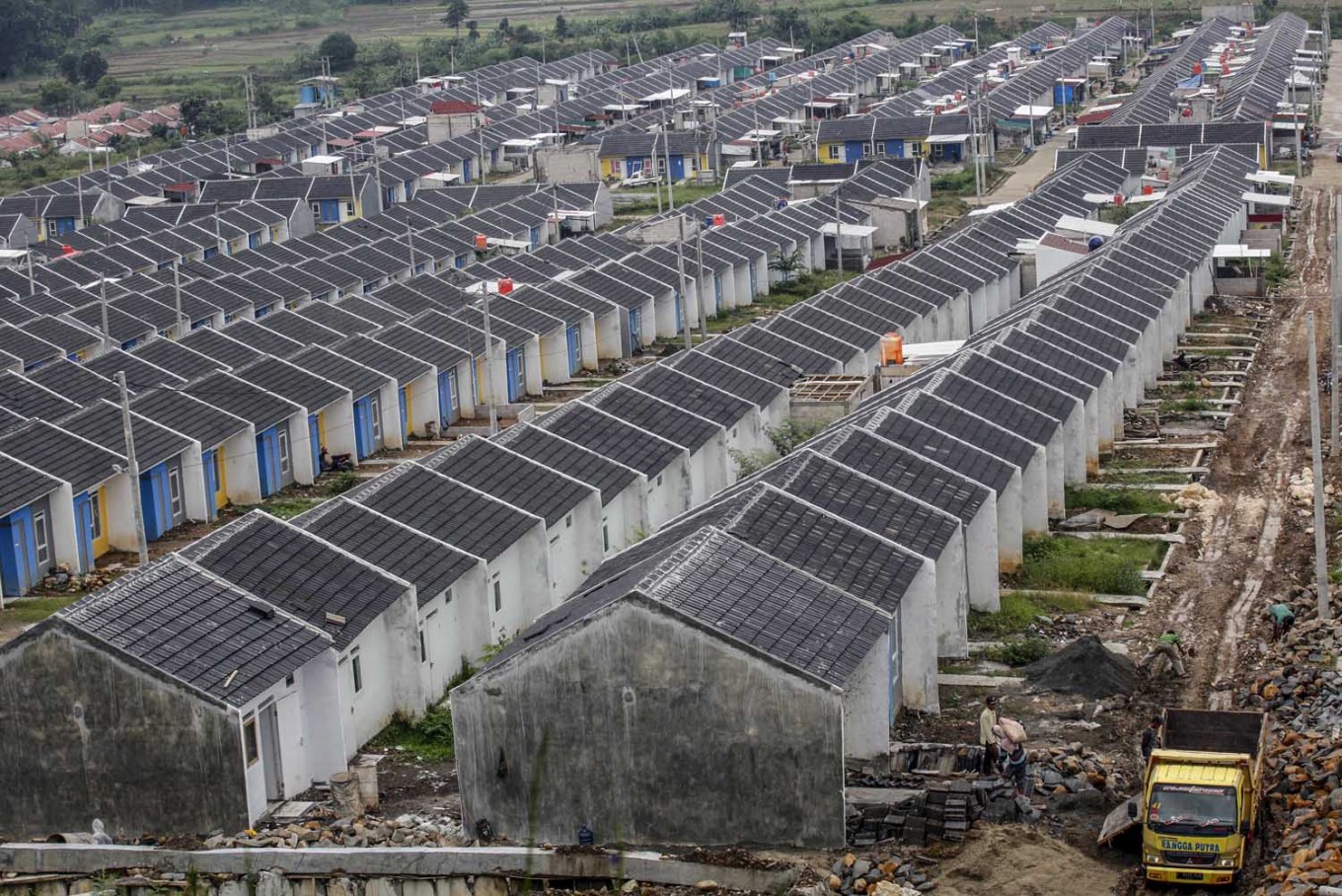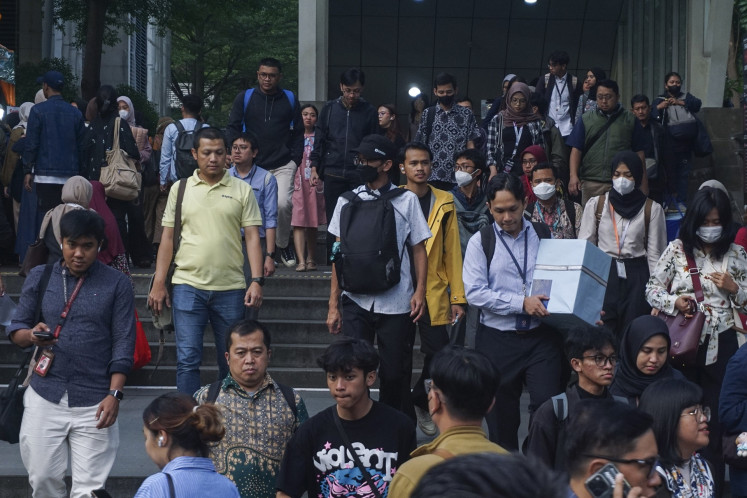Popular Reads
Top Results
Can't find what you're looking for?
View all search resultsPopular Reads
Top Results
Can't find what you're looking for?
View all search resultsAffordable housing pushed further out of city centers
Those looking for a subsidized home – the only type of property affordable to most Indonesians – must look further and further away from the city as prices rise in urban centers. And that's a big problem, experts say.
Change text size
Gift Premium Articles
to Anyone
T
hose looking for a subsidized home – the only type of property affordable to most Indonesians – must look further and further away from the city as prices rise in urban centers.
Tri Dewi Virgiyanti, director of housing and settlement at the National Development Planning Agency (Bappenas), said on Thursday that most houses located near city centers were already unaffordable for an increasing number of middle-to-low-income groups.
While cheaper accommodation is available further out, living in or beyond the outskirts of the city generally means putting up with higher transportation costs and longer commutes
This is not just a personal problem, according to Dewi, but also detrimental to overall economic efficiency, while urban sprawl disrupts city planning.
“If Indonesians want to purchase a subsidized house, they will likely get it [only] in the outer layer of the city. In fact, if you want a subsidized house in Jakarta, it's impossible,” Dewi said in a webinar titled Indonesia Housing Forum.
Read also: Indonesian home prices to pick up over next two years: Moody's
It was vital to address the issue, she said, as subsidized housing comprised most of the Indonesian property market.
Mortgage lending for subsidized housing, in terms of outstanding loans, grew at an average annual rate of 26.5 percent between 2014 and 2019, four times faster than nonsubsidized mortgage lending over the same period, according to a World Bank analysis.
Indonesia is expected to see rapid urbanization, which would drive demand for subsidized housing in years to come. In 2045, 70 percent of Indonesians are projected to live in urban areas, up from 56 percent last year, according to data from the World Bank and Statistics Indonesia.
“The government must intervene. Leaving this up to the market mechanism means [people] will continue to struggle with access to affordable housing,” Dewi warned, adding that failure to respond to the trend would have bitter consequences for the economy.
“We’ve called it congestion diseconomies, which causes our economy to not perform as well as we hoped because of traffic jams, a lack of affordable infrastructure, pollution, unaffordable housing and other costs like stress and longer commuting,” Dewi said.
Read also: Indonesian millennials put homeownership last on bucket list
Dao Harrison, senior housing specialist for the World Bank, said at the same webinar that, as one of several necessary measures, Indonesian cities needed more vertical housing in the urban center.
This stood in contrast to the fact that 99.5 percent of subsidized housing comprises landed houses. Due to space constraints, 70 percent is located at the rural periphery.
“We see that there is now a very good strategy that is being pushed by Bappenas, which is what we call ‘back to the cities.’ That means that there needs to be housing, vertical housing,” Harrison said.










